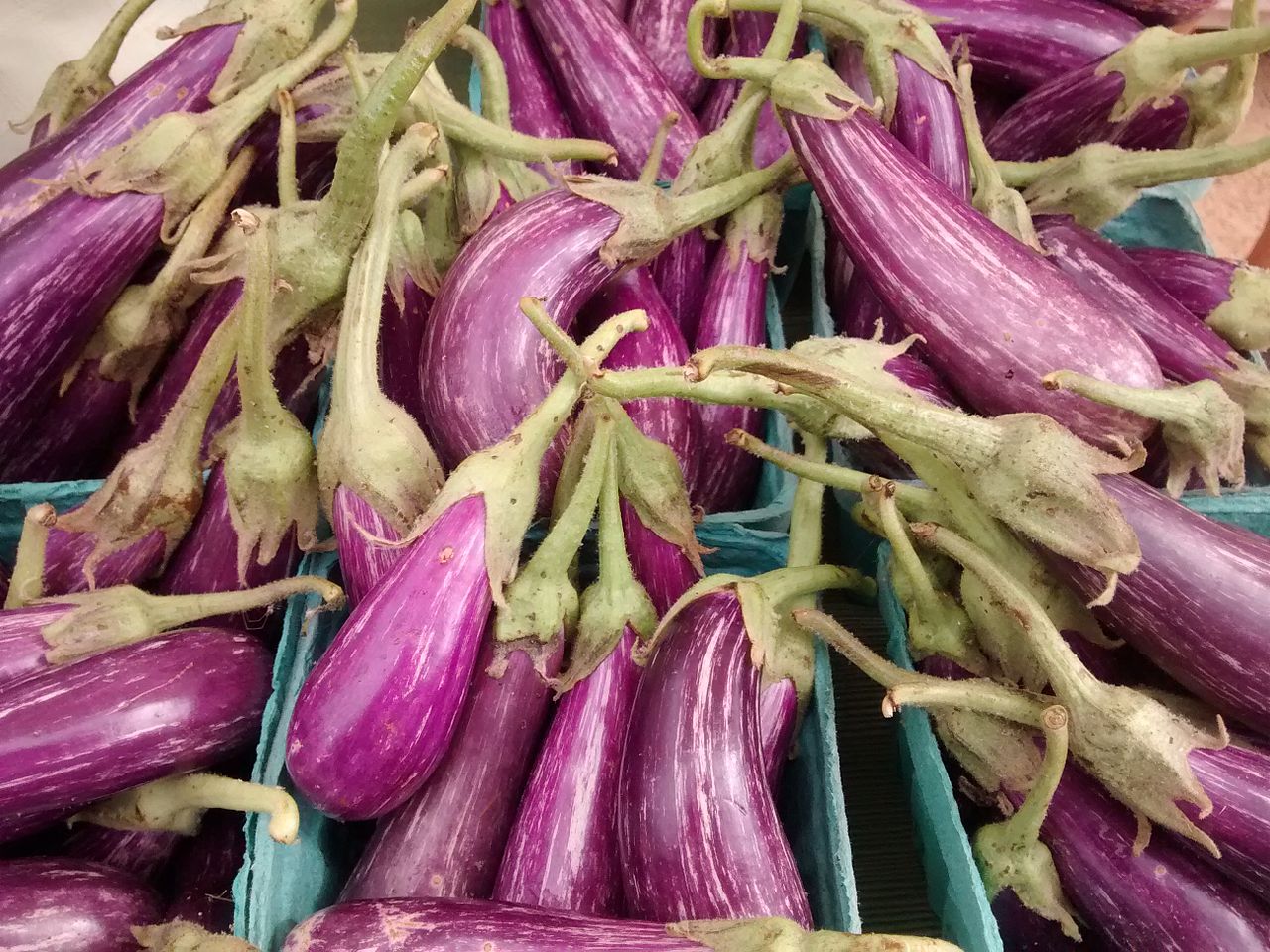Eggplant ‘Fairy Tale’ Variety – What Is A Fairy Tale Eggplant


Of course, you grow eggplant in your veggie garden to enjoy the delicious eating at dinner time, but when your eggplant variety produces magically ornamental plants, like when you are growing Fairy Tale eggplants, it’s an extra bonus. This type of eggplant is as beautiful as it is delicious. Read on for more Fairy Tale eggplant information, including tips on how to grow fairy tale eggplants.
What is a Fairy Tale Eggplant?
Eggplant has many fans, but it’s not considered an especially gorgeous vegetable plant. Your opinion on this topic might change when you read some Fairy Tale eggplant information. What is a Fairy Tale eggplant? It’s a variety of the classic vegetable that produces tender-sweet fruits attractive enough to deserve a place in your annual flower bed.
The eggplant "Fairy Tale" is a lovely mini eggplant, only 4 inches (10 cm.) long. It is lavender with stunning streaks of white and grows on compact stems. The plant itself is a dwarf, growing only 24 inches (61 cm.) tall. That makes growing Fairy Tale eggplants suitable enough for planting in containers. The fruit is sweet, without any bitterness, and it has few seeds.
How to Grow Fairy Tale Eggplants
If you are wondering how to grow Fairy Tale eggplants, you can sow the seeds indoors a few months before the last spring frost. Keep the soil moist and warm, around 75 degrees F (23.8 C). Seedlings emerge in two to three weeks and must be hardened off before transplanting to the garden.
When you start growing Fairy Tale eggplant, you’ll need to pick a sunny site that offers rich, organic soil. Don’t plant in a plot where you grew tomatoes, peppers, potatoes, or other eggplants the year before.
Set the eggplant Fairy Tale plants about 3 feet (.9 meters) apart. Transplant the seedling into an ample hole at the same depth as it grew in the container. Press the soil into place and water thoroughly.
Growing eggplant Fairy Tale in a container is also a good option. How to grow Fairy Tale eggplants in containers? Select a pot at least 2 feet (61 cm.) wide and deep. Don’t fill it with garden soil, but rather potting mix. Care for as you would in the garden but keep in mind that container grown plants typically require more watering than those planted in ground.
Sign up for the Gardening Know How newsletter today and receive a free copy of our e-book "How to Grow Delicious Tomatoes".

Teo Spengler is a master gardener and a docent at the San Francisco Botanical Garden, where she hosts public tours. She has studied horticulture and written about nature, trees, plants, and gardening for more than two decades, following a career as an attorney and legal writer. Her extended family includes some 30 houseplants and hundreds of outdoor plants, including 250 trees, which are her main passion. Spengler currently splits her life between San Francisco and the French Basque Country, though she was raised in Alaska, giving her experience of gardening in a range of climates.